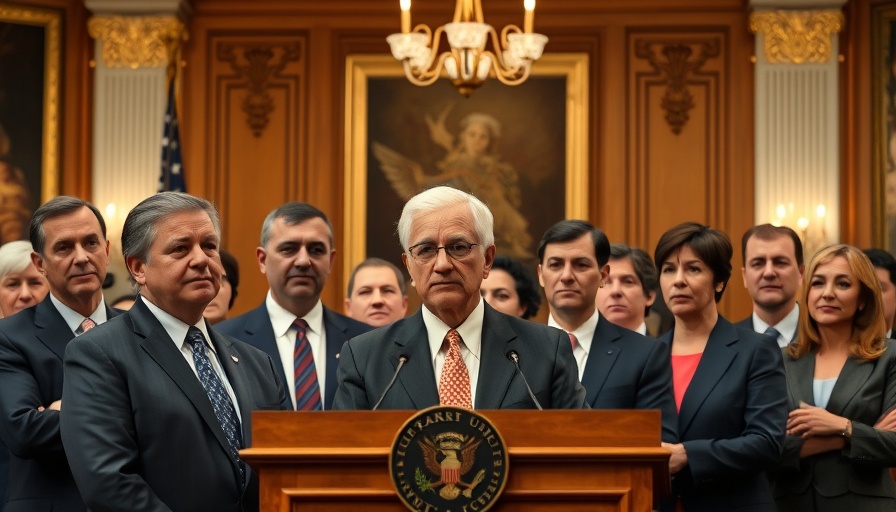
The VA's Ambitious Workforce Reduction Plan
The Department of Veterans Affairs (VA) has announced plans to further streamline its workforce by cutting 30,000 positions by the end of the fiscal year. This ambitious initiative follows a previous reduction of 17,000 federal workers, part of a broader effort to enhance efficiency without compromising care or services offered to Veterans. Secretary Doug Collins emphasized that while a department-wide reduction in force has been ruled out, the agency is committed to improving services as it navigates these significant changes.
Focus on Veterans' Care Amid Job Cuts
Despite the looming workforce reductions, VA officials have assured that essential services to veterans will remain unaffected. Following a holistic departmental review, Collins stated the goal is to reduce bureaucracy while enhancing customer service. Additionally, the VA has made strides by reducing the disability claims backlog by nearly 30% since the year began, alongside notable reforms in processing claims and survivor benefits.
Future Predictions: The Impact on VA Services
This reduction is part of a strategic initiative that aims to centralize administrative functions, such as payroll and call center operations, potentially leading to improved efficiency and better service delivery. As the VA consolidates resources, experts will be watching closely to see if these changes indeed result in more responsive and effective services for veterans.
Addressing Concerns and Encouraging Transparency
The cuts raise questions about transparency and the overall direction of the VA. During a recent Senate hearing, Senator Angus King urged scrutiny over non-disclosure agreements tied to departmental changes, emphasizing the need for clarity as the VA undergoes transformation. Collins and his team appear steadfast in their intention to innovate and improve, even amidst significant personnel changes.
Conclusion: Embracing Change for New Opportunities
The ongoing pivot at the VA underscores a critical moment in the evolution of veteran care services. Balancing necessary workforce reductions with a commitment to service is no small feat, and many in the healthcare sector will be watching how this plays out. For healthcare IT professionals and providers, these developments present an opportunity to engage in discussions about the future of veteran services and the implications of such expansive workforce changes.
 Add Row
Add Row  Add
Add 




Write A Comment